Heading to Tasmania and keen to see a platypus in the wild? I’ve got you covered. This guide reveals the absolute best place to see platypus in Tasmania. And the best part is that you can spot them at any time of the day.
Platypus is one of the most fascinating animals in the world. An egg-laying mammal with the body of an otter, the nose of a duck, and a poisonous spur on its back leg is odd, even among Australian animals.
If you are dreaming of spotting a wild platypus Tasmania is the place to be. However, even in Tassie, platypus can be notoriously difficult to spot.
We included 5 known and not-so-well-known platypus hotspots in our north-west Tasmania road trip itinerary, but in the end, we followed the suggestion of our host and visited a spot we’d never heard of before – the best decision of our trip.
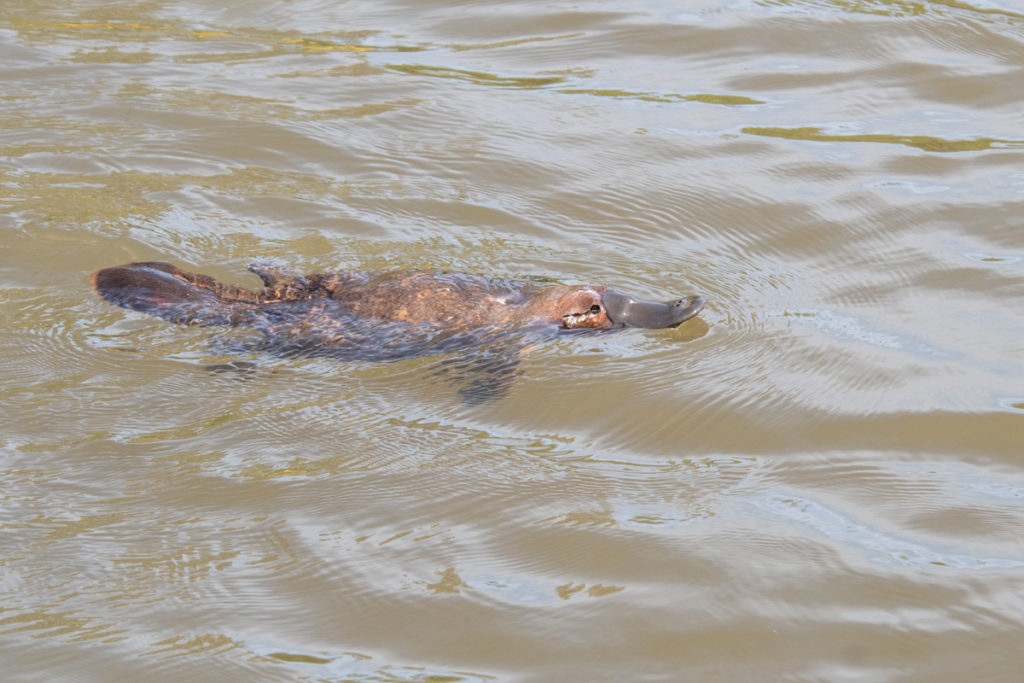
Where to see platypus in Tasmania
We first spotted a platypus at our very first destination – the remote Mountain Valley Private Nature Reserve in Loongana. As promised by our host, a platypus was active on the Leven River that runs through the property.
As exciting as it was to see one, the sighting was distant, the light was almost gone and there was no chance to photograph the rapidly moving animal.
It was our host Len who suggested that we visit the Tasmanian Arboretum in Eugenana, just 12 kilometres south of Devonport. According to Len, about a dozen platypus lived in the lake at Arboretum and they could be seen at any hour of the day.
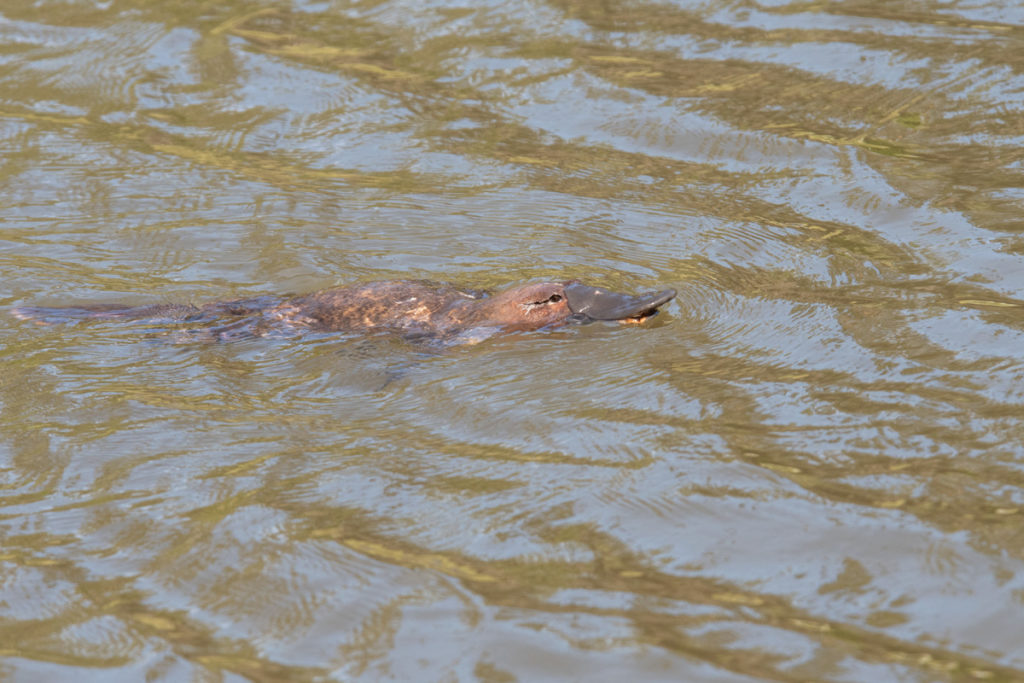
The Arboretum is transected by a river and a creek, and this is how the platypus came there. There must be a lot of food in that lake for so many wild platypus to choose it as their home.
By the way, what do you call a group of platypus? Merriam Webster dictionary suggests using platypuses or platypi. However, in scientific and conservation contexts, the term platypus is used as the plural of platypus.
We drove to the Arboretum three days later on our way from Cradle Mountain to Stanley. Google Maps did a good job navigating us there (46 Old Tramway Rd, Eugenana), even if it felt like we were heading into the paddocks. There weren’t any signs on the road pointing to the Arboretum.
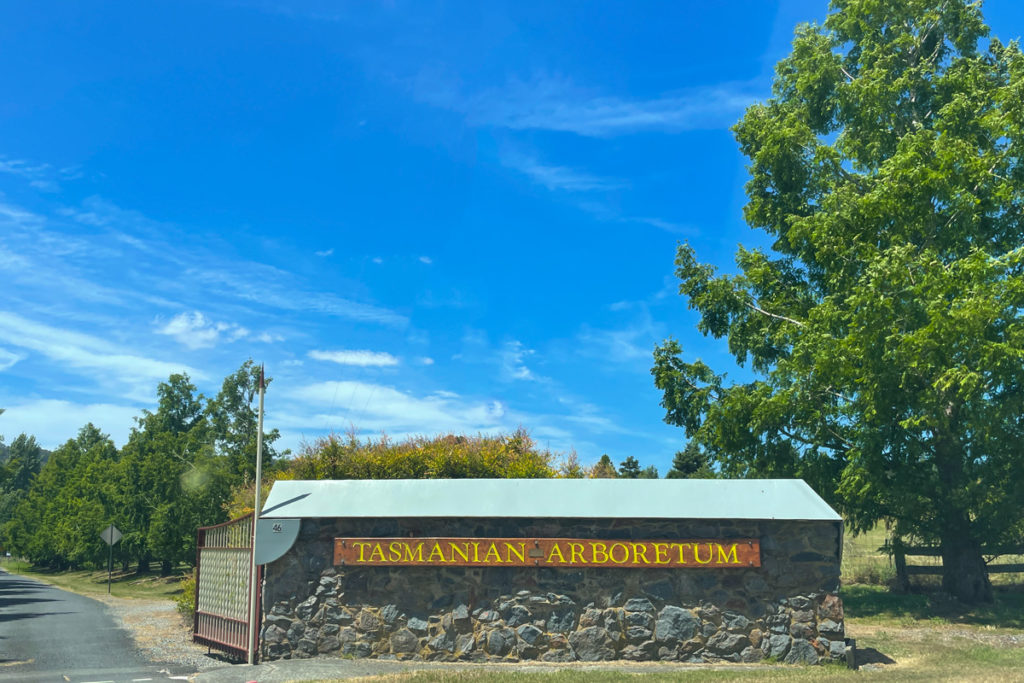
We arrived at a large grassy car park and found a little cash box to deposit our $5 entry fee. Now, as my readers advised, you can pay your entry fees by credit card.
The Arboretum is a not-for-profit organisation funded by the City of Devonport, the extremely modest entry charges and members fees. It is open every day of the year, and from September to June, there is a little kiosk open from 11:00 am to 4:00 pm that sells delicious homemade ice cream.
If you enjoy watching platypus at the Arboretum as much as we did, you might like to express your gratitude by making a small donation towards the upkeep of this unique place. You can donate as little as $5 online via GiveNow.
The platypus are found in Founders Lake. The little island in the middle of the lake seems to be their ‘home base’ where their burrows must be located. All you have to do is keep your eyes on the water for any signs of activity, mostly ripples created by the swimming animals.
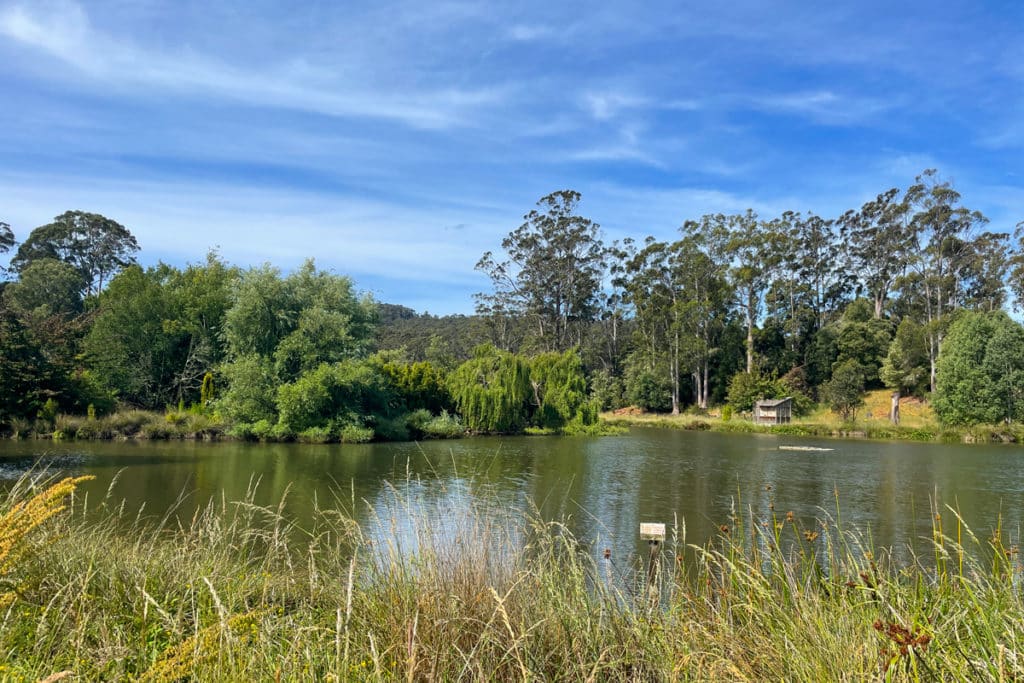
We spotted the first platypus within minutes of arriving (it was around 2 pm). It swam very close to the bank, and we had fantastic views of it. There was only one more visitor at the lake, and the three of us watched the platypus for a few minutes.
Watching platypus is like watching whales—you see the animal on the surface, and then it dives for about 60 seconds. Then, you try to guess where it is going to emerge.
After the first sighting, we saw platypus every 15 or so minutes. It is difficult to judge how many different individuals we saw, but at one point, we saw three different platypus at the same time. We couldn’t believe our eyes.
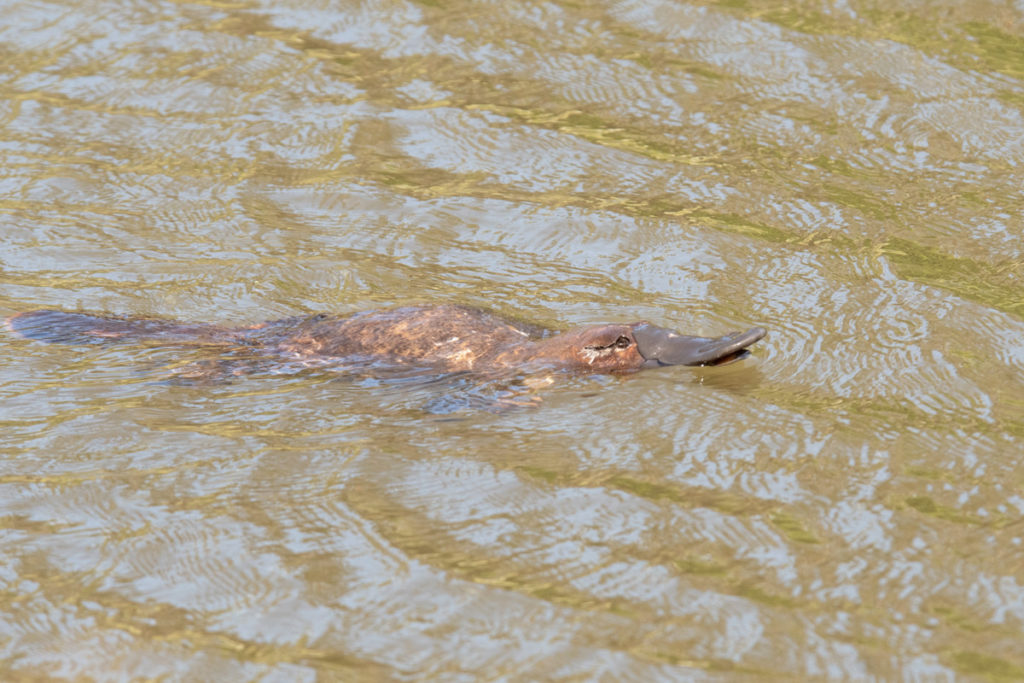
The lake is surrounded by the reeds and some areas allow clearer views of the bank than others. We were so enthusiastic about getting close views of the platypus that we constantly strayed into thick patches of the reeds until we remembered that snakes like to curl up in the grass. We would’ve liked to see a snake, but stepping on one would’ve been highly undesirable.
Another side effect of stomping through the reeds is that you collect an incredible amount of spiny seeds and burrs on your shoes. I spent days plucking these seeds from my shoes afterwards. Of course, it always reminded me of where I got them from, so it was a happy chore.
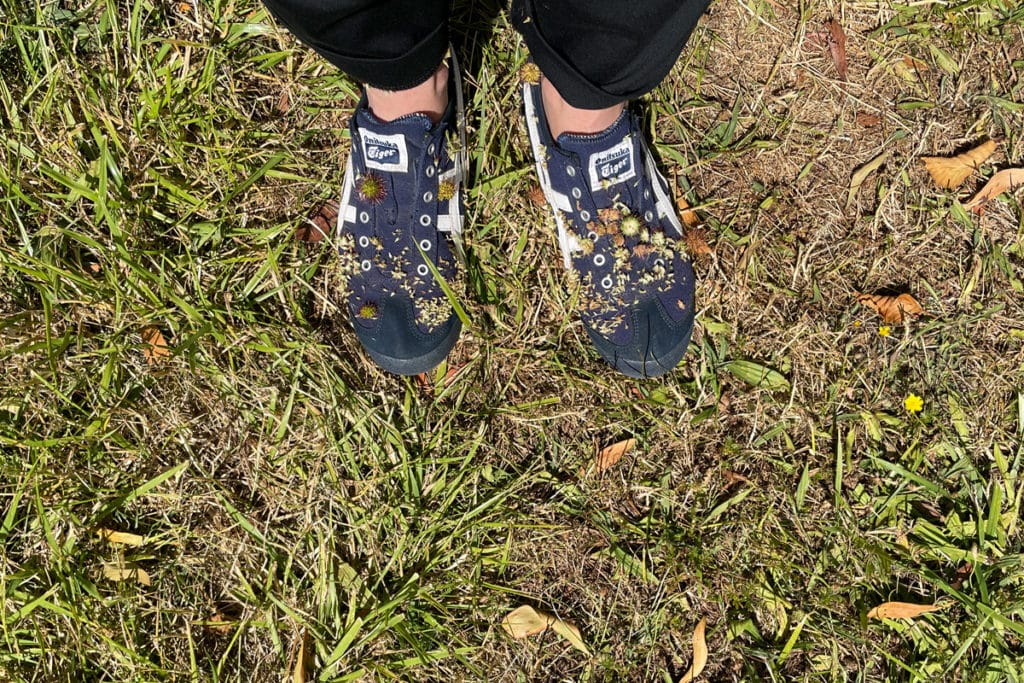
The lady at the kiosk suggested looking for platypus under the bridge where the creek enters the lake. And we did spot one feeding in the shallows in the creek. There must’ve been a food-rich patch on the bottom and that platypus spent a good 10 minutes feeding there. We watched it dive, then saw the bubbles come up, then a cloud of silt would spread below the surface, and then the animal would re-appear and float spread-eagled like a floatation device. It was utterly relaxed and stayed in the same patch all this time.
Once it was ready to move on, it swam under the bridge, as the lady promised, and headed towards the island in the middle of the pond.
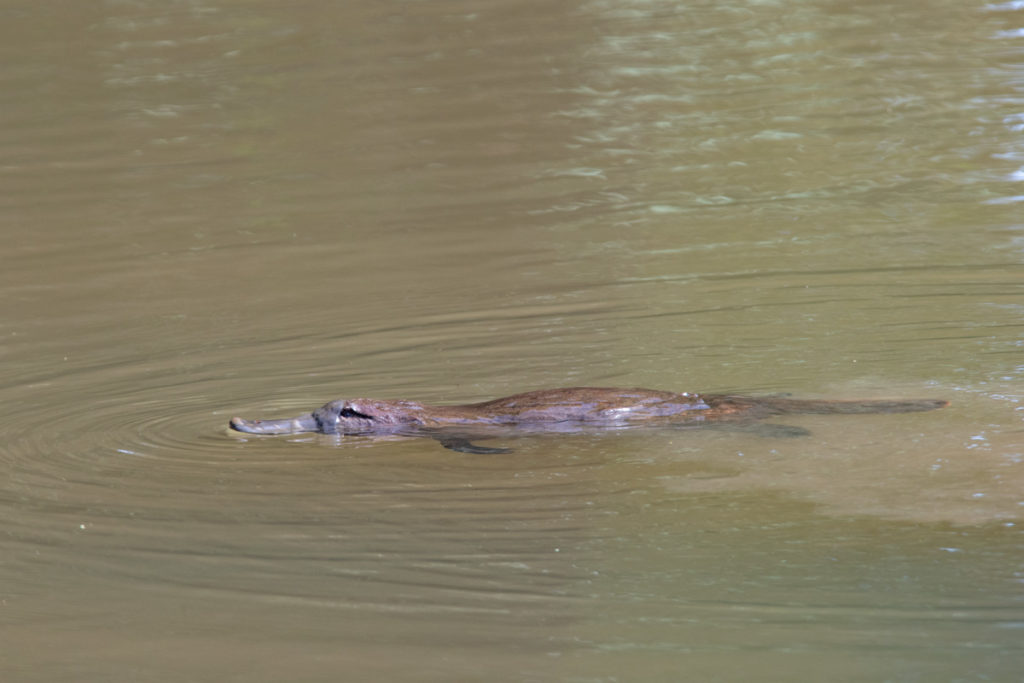
It might get a bit monotonous standing in the same spot, looking for ripples, so we walked around the lake a few times and saw more platypus. There is a bird hide on the bank of the lake that’s supposed to be good for watching platypus, but we found that we got much closer views from the banks – the platypus often come right up to the bank to feed in the shallows.
In about 2 hours in the Arboretum, we saw more platypus than we ever imagined possible. According to the Australian Platypus Monitoring Network, Tasmanian Arboretum is currently the best place in Australia to see a platypus in the wild. And we can definitely vouch for this claim.
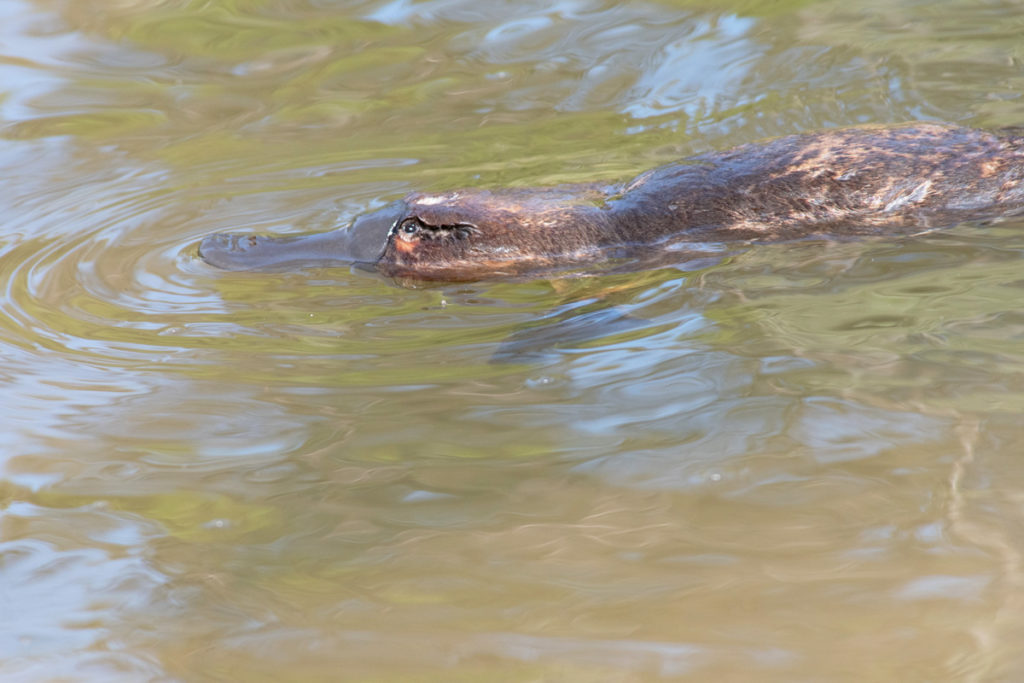
Beyond platypus spotting, Tasmanian Arboretum is a gorgeous place in its own right. You can walk among some truly incredible trees and observe the local birdlife. We didn’t have enough time to watch the birds since our trip was quite unplanned, but the Arboretum is home to 81 species of birds, as well as Bennetts wallabies, Tasmanian pademelons, and Long-nosed potoroos (these guys are quite shy and will only come out after dark).
How to get to Tasmanian Arboretum
The arboretum is located at 46 Old Tramway Rd, Eugenana, surrounded by farmland. Type the address in Google Maps, and it will navigate you to the front gate of the Arboretum. It is only 12 kilometres south of Devonport and about one hour drive from Launceston.
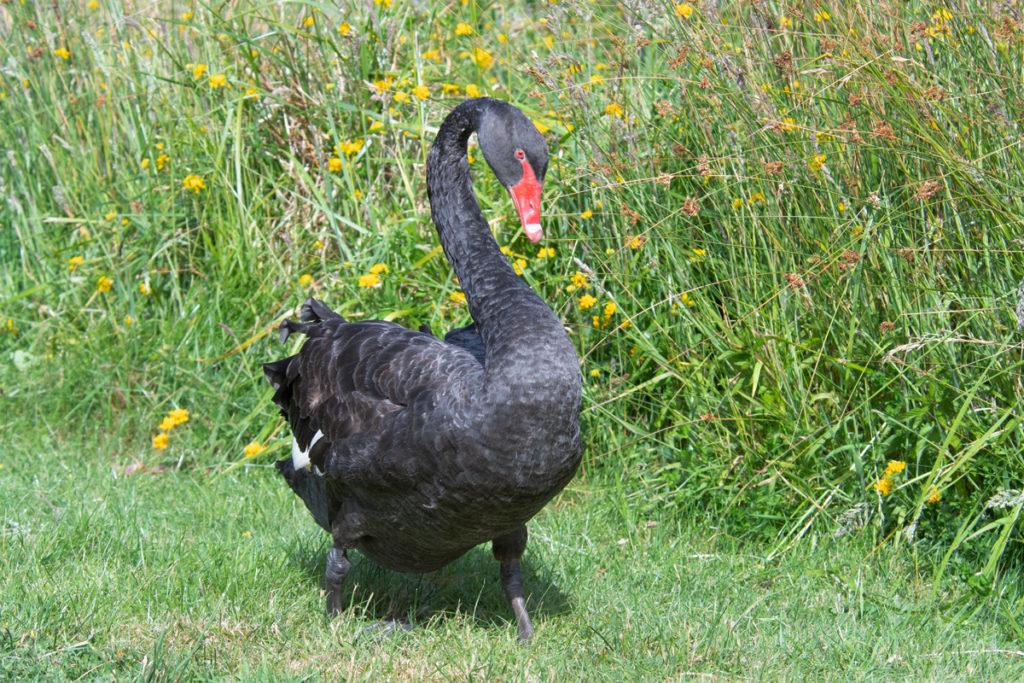
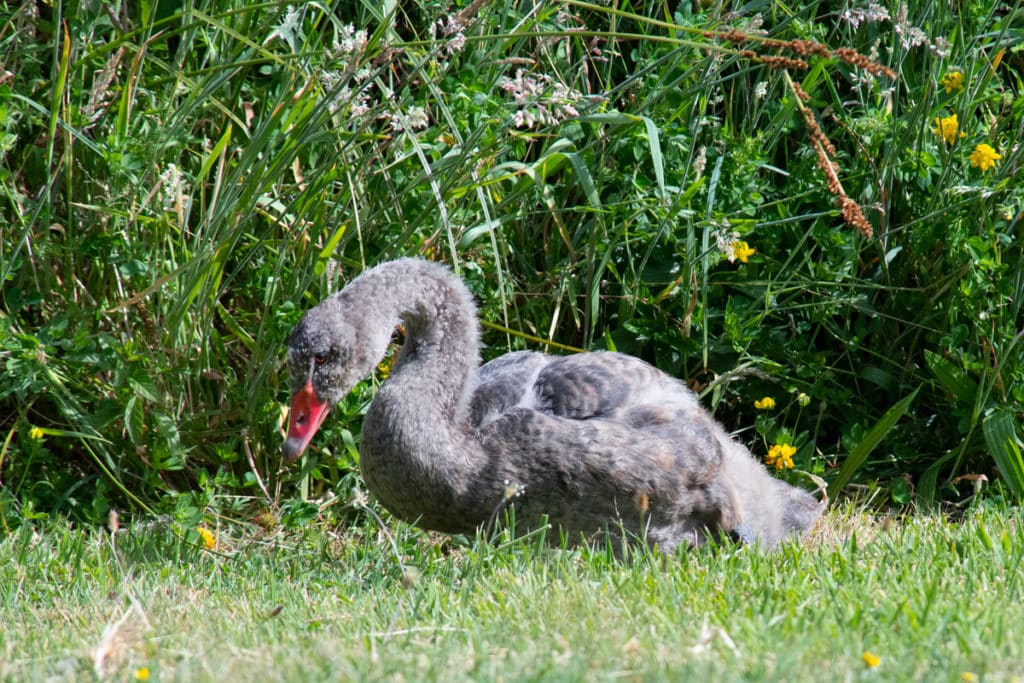
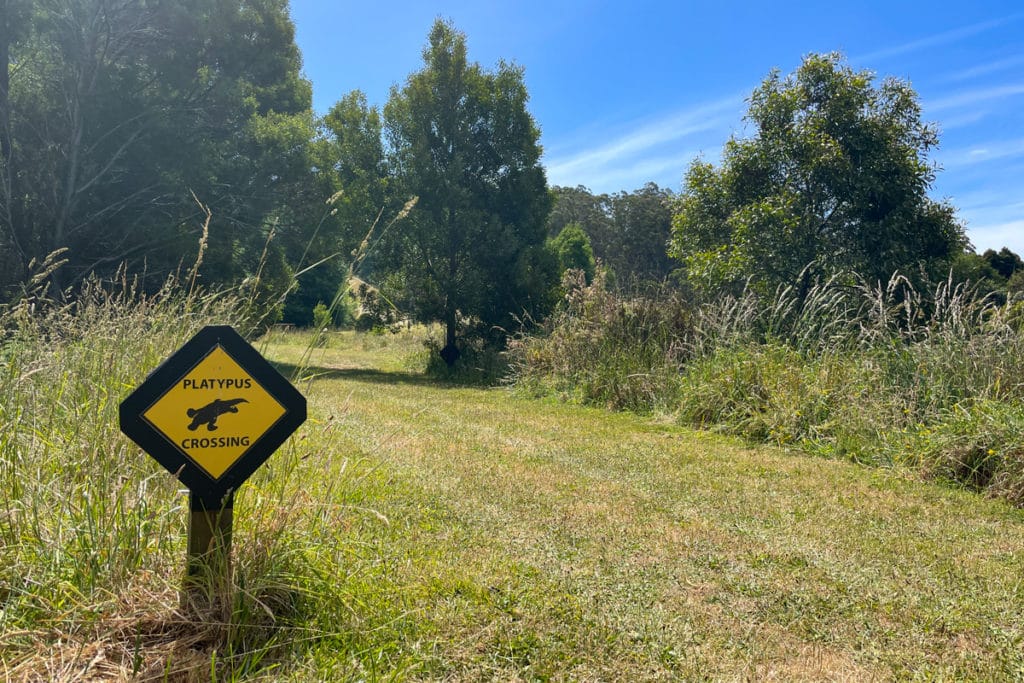
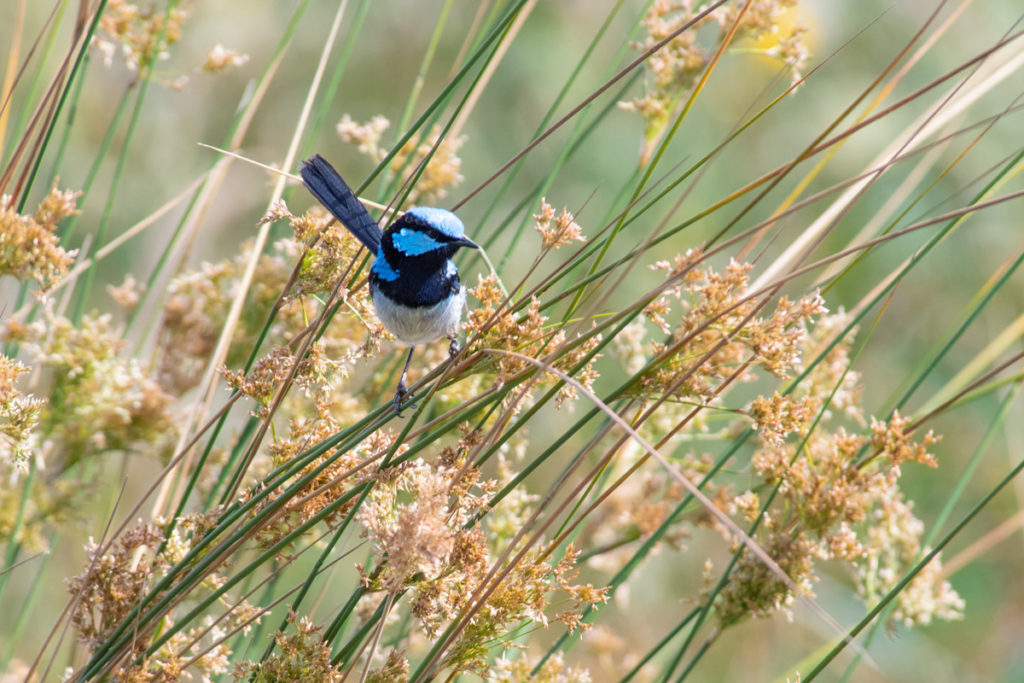
Where to stay near Tasmanian Arboretum
Devonport is just 12 kilometres north of the Arboretum, which makes it the most convenient place to stay. The gorgeous Grand On Macfie Bed and Breakfast is famous for its comfy beds and delicious breakfast.
Other places to see Platypus in Tasmania
If you can’t get to the Arboretum but are keen to see a platypus in the wild, below are some alternative hotspots. At these places, you’ll have a better chance of spotting a platypus at dusk and dawn by staying quiet and not making any fast movements.
- Hobart Rivulet – This location has been made famous on social media by Hobart Rivulet Platypus Facebook page. If you concider yourself a platypus fan, make sure to check out the stunning photos and videos of platypus on this page. To try your luck at spotting a platypus, take a walk from Hamlet Cafe to the Cascade Brewery just outside Hobart CBD.
- Deloraine’s Wild Platypus Walk. The Deloraine site has some of the highest success rates for platypus spotting in Tassie. Take a walk along the Meander River starting from The Empire Hotel, or take a platypus walking tour from the hotel.
- Fern Glade Reserve near Burnie is another good area for spotting a platypus in the wild. Follow the interpretive trail along the creek while checking for ripples on the water.
- In Latrobe, visit the riverbank in Warawee Forest Reserve near the Possum Shed Cafe
- Mountain Valley Log Cabins in Loongana are home to a plethora of wildlife, including platypus in the Leven River
- If you are doing the stunning Tarkine Drive, stay overnight at Tarkine Grove. This property has a platypus living in its dam.
- In the south-east, Hustings Caves Reserve has a little creek where platypus are occasionally seen. There is a Platypus Trail right behind the swimming pool at the Thermal Springs area.
- If you are visiting Mole Creek Caves, check the Sassafras Creek around Mole Creek Caravan Park. Platypus are frequently spotted here, possibly because the caravan park guests are around to see them at dusk and dawn.
More Nature and Wildlife Destinations in Tasmania
- Things to do in Cradle Mountain: Walks, Wildlife & Adventure
- 10 Best Day Trips from Hobart, Tasmania
- Tarkine Drive: 2-Day Itinerary, Attractions & Accommodation
- Things to Do on Bruny Island: Guide to Itinerary Planning
- 15 Best Things to Do in Launceston: Where to Play, Eat, and Stay
- North West Tasmania Travel Guide: Iconic Highlights & Local Secrets
- Mountain Valley Wilderness Holidays Review
- Travel Guide to Edge of the World, Tasmania
- Visiting Gunns Plains Caves in North West Tasmania
- Gorgeous Beaches in Tasmania: North-West Coast

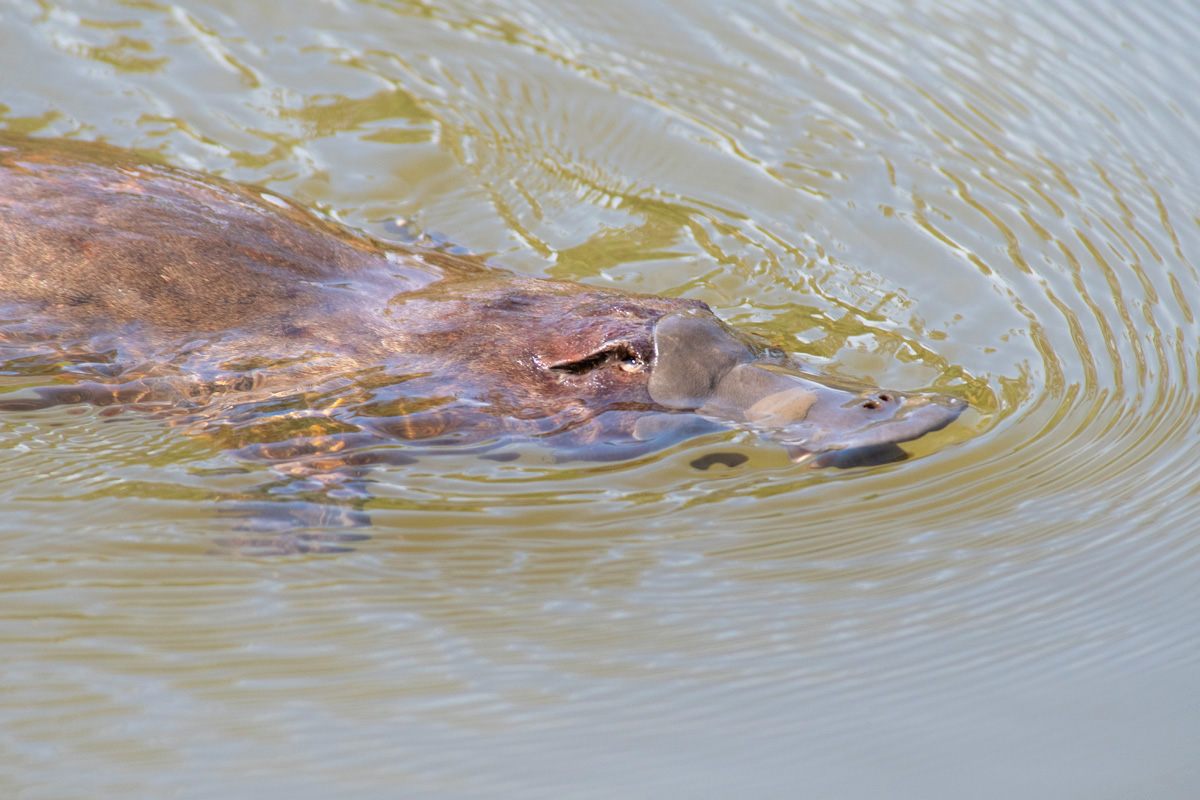
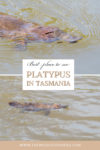

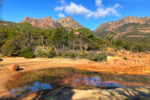
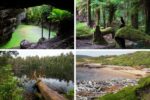
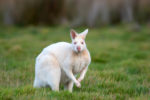
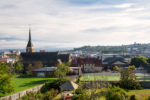

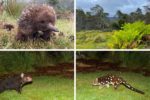
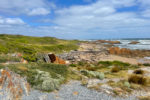
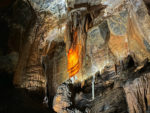
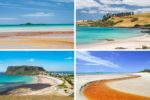
Visited the arboretum in Feb 2024- There is a working credit card machine so entry payment wasnt a problem. We saw a couple of platypus over our 2 hr visit but not quite as many as you! We also didnt have any problem with spiny burrs or shoe covering but my partner did fall in!!
Thank you for the update, Sarah! Hope the fall wasn’t too dramatic. The dangers of wildlife watching!